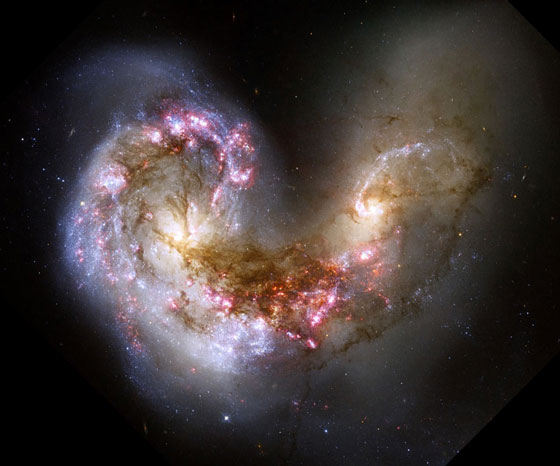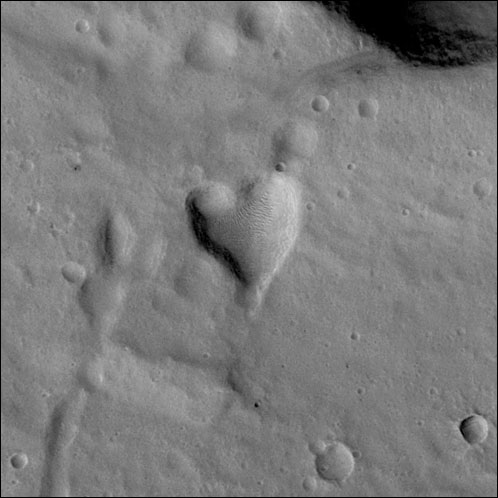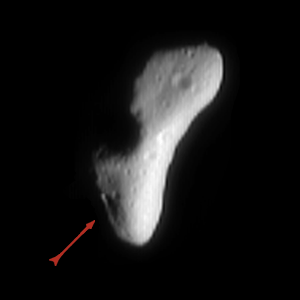For first-time or traditional investors, ETFs offer a safe, simple on-ramp into the digital asset world. Bitcoin trades 24/7 throughout the world, but remember, the 11 spot products that were approved will trade only when markets are open, even though their underlying investment will be trading all of the time. For example, if you are looking at the spot price on a weekend, you will not see the ETF price changing until markets open the coming week. Trading began on Thursday, with buying and selling for at least one ETF, the Grayscale Bitcoin Trust, kicking off as early as 4 a.m. The permissionless nature of crypto is what makes it revolutionary, but that can only happen through secure self-custody. Ledger’s lineup of secure devices makes managing your digital assets easy and secure.
What’s the big deal with spot Bitcoin ETFs?
While accounting for only a fraction of the global gold supply, Gold ETFs drastically impacted gold trading dynamics, offering enhanced market volume and liquidity. Drawing parallels, a spot bitcoin ETF could introduce a new era of bitcoin adoption and increase its market liquidity. Cryptocurrencies like Bitcoin have a reasonable reputation as volatile digital assets and, as crypto-based assets ETFs are no different. While spot Bitcoin ETFs offer exposure to cryptocurrency, investors should be aware of the risk of market fluctuations. Spot ETFs add major liquidity to crypto markets simply by offering investors more options on how to gain exposure to a given digital asset.
She decides to invest in a spot bitcoin ETF, XYZ Bitcoin ETF, which is traded on the stock exchange. The cryptocurrency itself has never been hacked, but several crypto exchanges have fallen prey to scams or security breaches over the years. In the short term, more investors will find it easier to invest in bitcoin through these spot ETFs.
Limits to Cryptocurrency Trading
The information provided does not constitute any legal, tax or accounting advice. While you can find these on centralized and decentralized exchanges, you’ll find that Ledger offers seamless on-ramping within the Ledger Live ecosystem, via partners like MoonPay and Coinify. Here, you can easily buy (and sell) cryptocurrencies using your regular credit card, in conjunction with your Ledger device. After receiving SEC approval on January 10th, 10 of the first 11 spot Bitcoin ETFs immediately began trading the following day. They saw a combined trading volume of around $4.6B on their first day, with the offerings from Grayscale, BlackRock, and Fidelity attracting a significant amount of that trade activity. But what exactly is a spot Bitcoin ETF, and how is it different from other kinds of Bitcoin main incentives of bitcoin mining 2020 ETFs?
Instead, these ETFs invest in Bitcoin futures contracts, which are standardized agreements to buy or sell a specified amount of Bitcoin at a predetermined price on a future date. The ETF manager actively handles these contracts on behalf of investors, and the fund’s returns are reflected in its net asset value (NAV). Bitcoin ETFs simplify the process of investing in Bitcoin by allowing investors to gain exposure through regulated stock exchanges. These funds eliminate the complexities of managing private keys, wallets, and secure storage, which are common concerns for direct Bitcoin ownership. This distinction plays a crucial role in the performance and appeal of these funds. Bitcoin spot ETFs play an important role by bridging the gap between traditional investment methods and cryptocurrencies.
Institutions
Bitcoin spot ETFs encourage traditional investors to participate in the market, which in turn helps in expediting the mainstream adoption of Bitcoin in traditional financial markets. Investing in urban dictionary Fidelity’s spot bitcoin ETF is straightforward and can be done through most brokerage accounts. Fidelity’s reputation as a leading asset manager provides confidence for investors looking to enter the bitcoin market through a regulated and well-established financial institution.
Spot Bitcoin ETFs Comparison by Fee
The ETF’s value is tied to the current market price of bitcoin, providing a straightforward way to invest in bitcoin through traditional stock markets. Spot bitcoin ETFs make it easier for retail investors and traders to buy and sell an asset tied to the current value of bitcoin without needing to hold bitcoin itself. They also allow investors seeking exposure to bitcoin in retirement accounts to have a much simpler option than opening a self-directed IRA that could hold bitcoin directly. Bitcoin ETFs are exchange-traded funds designed to track the value of Bitcoin and trade on traditional stock market exchanges, such as the NYSE, instead of cryptocurrency exchanges. Bitcoin spot ETFs track the real-time price movements of Bitcoin and work accordingly.
- In contrast, a spot bitcoin ETF is an open-end fund with a more dynamic share issuance system.
- While you can find these on centralized and decentralized exchanges, you’ll find that Ledger offers seamless on-ramping within the Ledger Live ecosystem, via partners like MoonPay and Coinify.
- While this marks a milestone, uncertainties remain regarding future approvals and regulatory developments.
- Instead of investors needing to buy and secure their own bitcoin, they can buy shares of the ETF which represent ownership of a portion of the fund’s bitcoin holdings.
- There are two types of Bitcoin ETFs – Bitcoin Spot ETFs and Bitcoin Futures ETFs.
Bitcoin has been one of the best-performing assets over the last decade, rising from a relatively obscure peer-to-peer payment network to a global phenomenon. As the original cryptocurrency, bitcoin has spurred an entirely new asset class that now has over $1 trillion in market capitalization. Until then, regulators were reluctant to approve any spot Bitcoin ETF applications, citing concerns over market manipulation, fraud, custody, and investor protection.
Have Bitcoin ETFs Been Approved?
- ETFs have long been a popular financial product, offering investors a way to track assets or baskets of assets, such as stocks, bonds or commodities.
- Spot Bitcoin ETFs represent a significant evolution in cryptocurrency, offering a regulated and simplified way to gain exposure to Bitcoin’s prices.
- So, it is important to do your own research and understand the terms and conditions thoroughly before investing in Bitcoin spot ETFs.
- As mentioned above, spot crypto ETFs have to hold the underlying cryptocurrency asset.
- SPDR Gold Shares, launched in 2004, rapidly accumulated over $1 billion in assets.
You can even buy your cryptocurrency directly through our buy providers, all while enjoying the battle-tested security of your Ledger device thanks to Ledger Live. Spot Bitcoin ETFs are ones that specifically track the real-time value of Bitcoin, aka its “spot” price. To do this, these funds hold a certain amount of BTC, which they use to back up the shares of the ETF. This gives investors more direct exposure to Bitcoin than the other major type of Bitcoin ETF – the Bitcoin Futures ETF. As the cryptocurrency market evolves, spot bitcoin ETFs are poised to play a pivotal role in bridging the gap between traditional finance (“TradFi”) and the digital asset world. Imagine Sarah, an investor intrigued by bitcoin but wary of managing the cryptocurrency directly.
A spot bitcoin ETF is a fund that tracks the price of bitcoin (BTC) in the spot market, where cryptocurrencies are bought and sold for immediate delivery. Instead of investors needing to buy and secure their own bitcoin, they can buy shares of the ETF which represent ownership of a portion of the fund’s bitcoin holdings. best bitcoin exchanges of 2021 An exchange-traded fund (ETF) is a financial product that is tied to the price of other financial instruments. This structure gives investors a way to gain exposure to an asset or a bundle of assets without buying or owning the asset(s) directly. ETFs can be composed of all kinds of assets including stocks, commodities, and bonds.
Sarah gained exposure to bitcoin’s price movements while enjoying the ease of trading on a familiar stock exchange platform. Spot ETFs are designed to hold an equivalent amount of the underlying asset that is represented by the ETF. This gives investors direct exposure to the spot price of bitcoin without having to purchase or store it themselves.
This model mirrors traditional investment structures, fitting neatly into the portfolios of mainstream investors and potentially broadening Bitcoin’s investor base among both retail and institutional investors. Introducing a spot bitcoin ETF could reshape the bitcoin and broader financial markets. SPDR Gold Shares, launched in 2004, rapidly accumulated over $1 billion in assets.
A spot Bitcoin ETF is an exchange-traded fund that directly tracks the price of Bitcoin by holding the cryptocurrency itself. Similar to spot gold ETFs, which store physical gold bullion, spot Bitcoin ETFs purchase and store Bitcoin as their primary asset. For example, if Bitcoin’s price rises by 10%, the ETF’s value is expected to increase by a similar percentage, minus management fees. FBTC seeks to track bitcoin’s price performance as measured by the Fidelity Bitcoin Reference Rate.
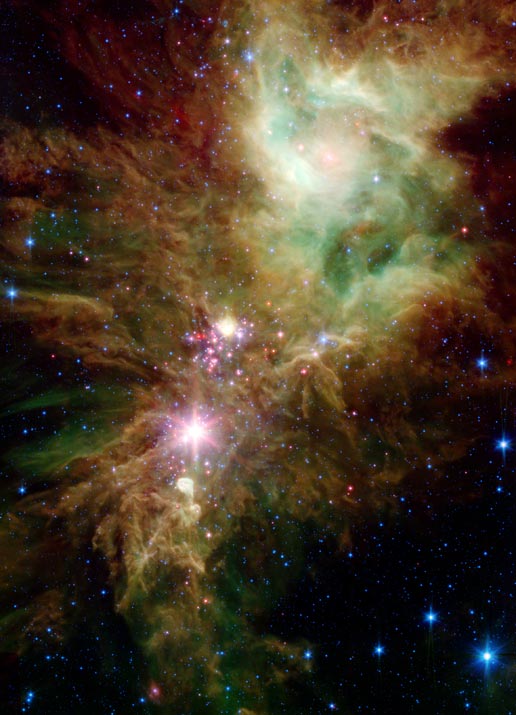
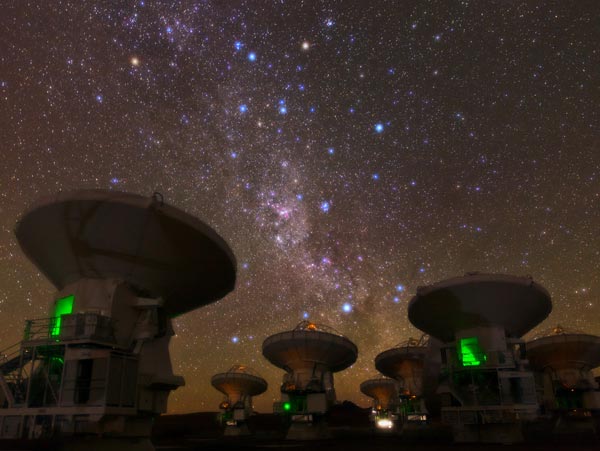

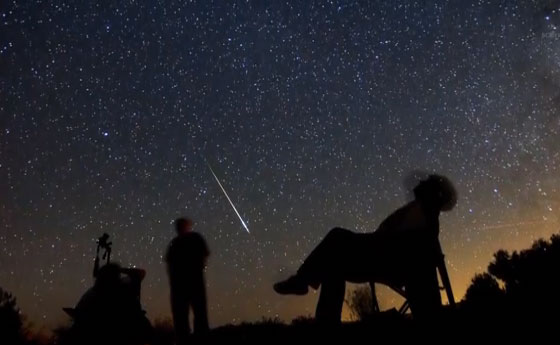

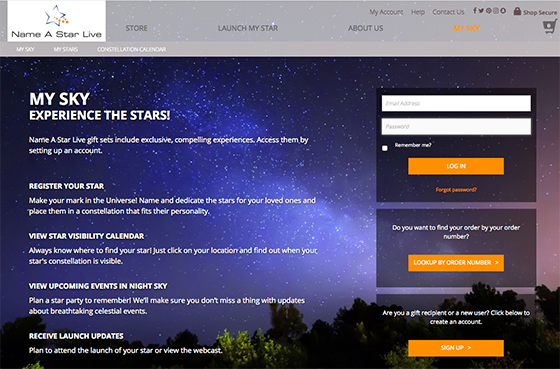
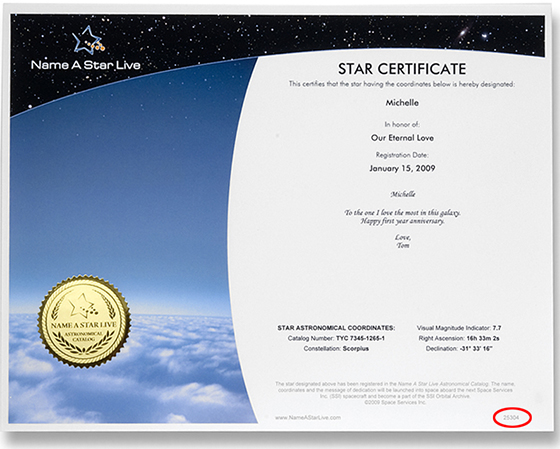
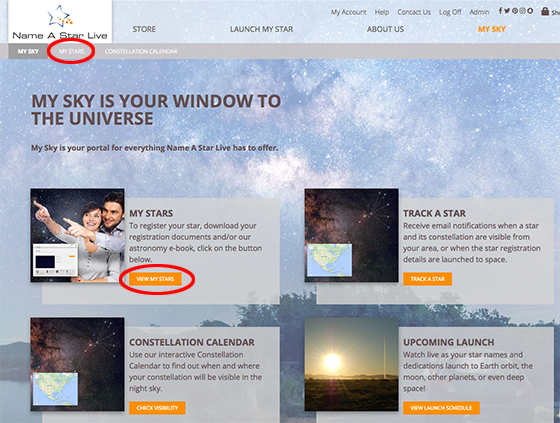
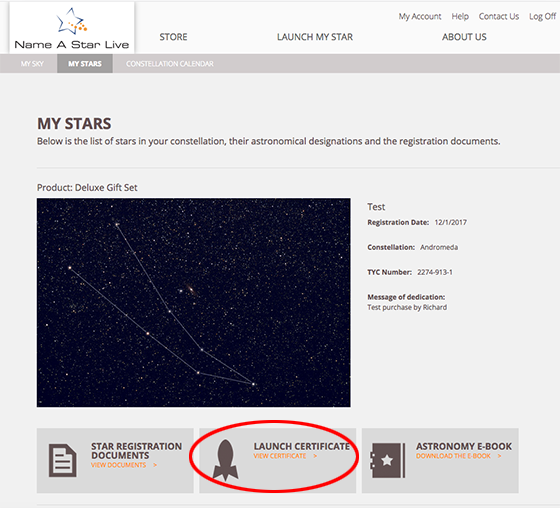
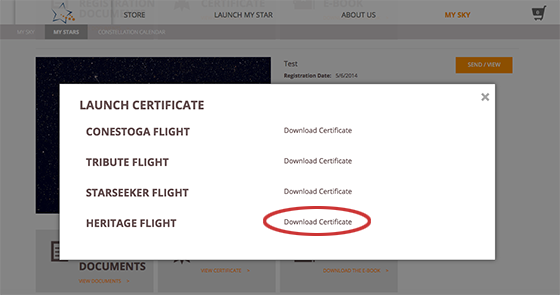
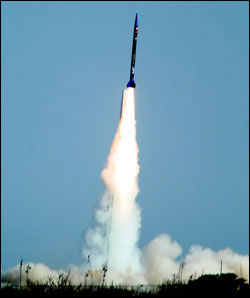

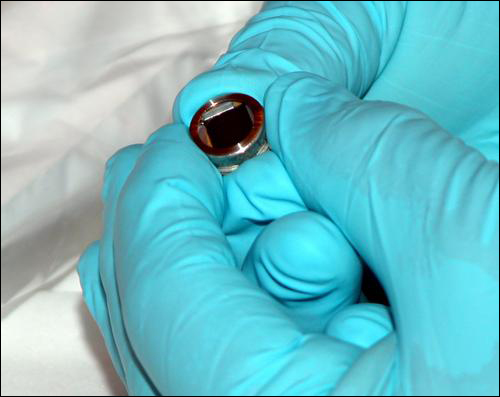
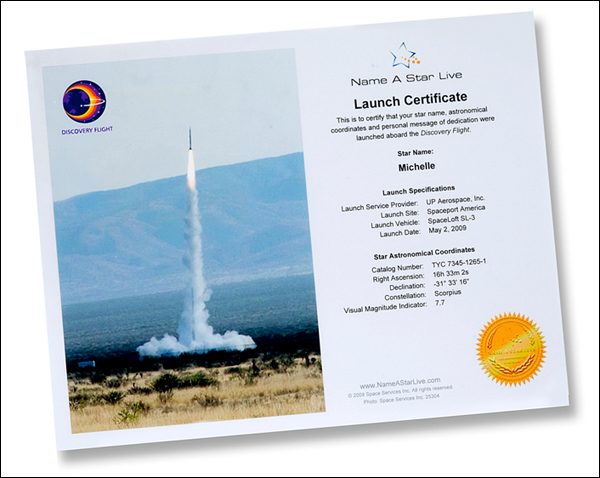
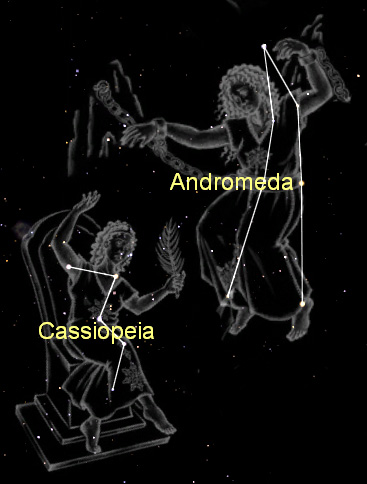

 As you’re thinking about what to get your significant other for Valentine’s Day, you might be interested in some of the Valentine’s Day messages
As you’re thinking about what to get your significant other for Valentine’s Day, you might be interested in some of the Valentine’s Day messages 
